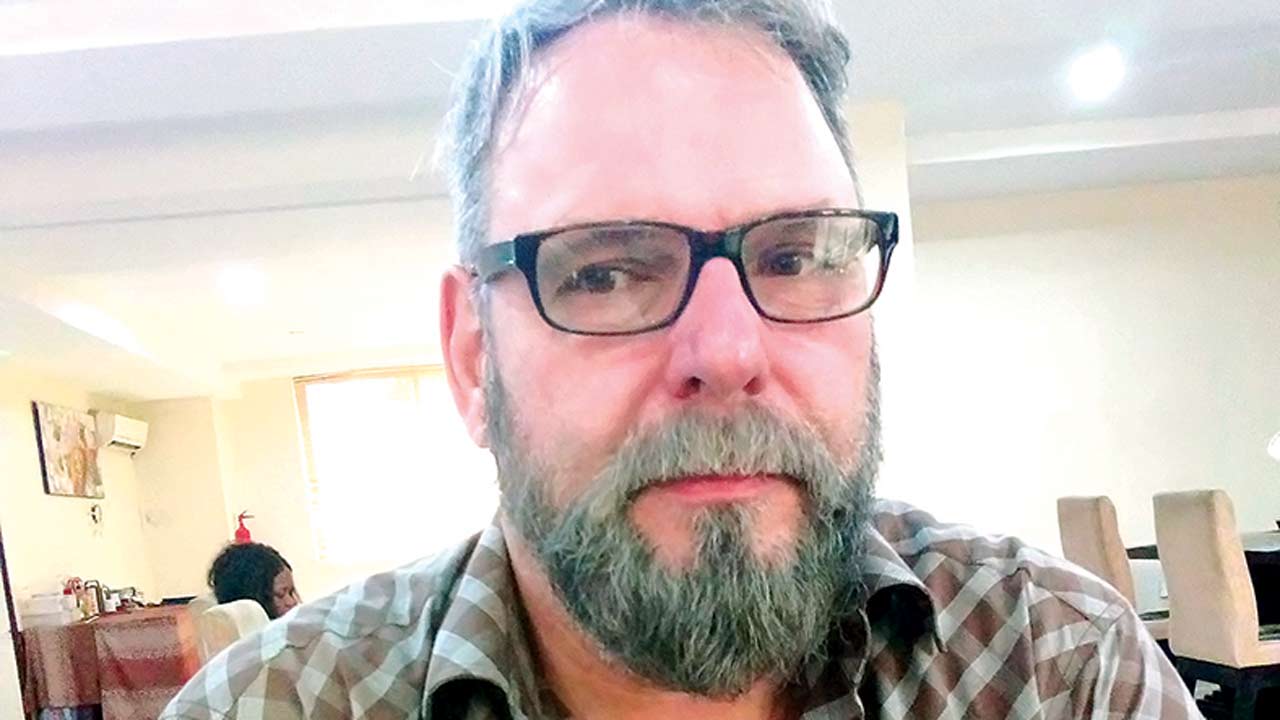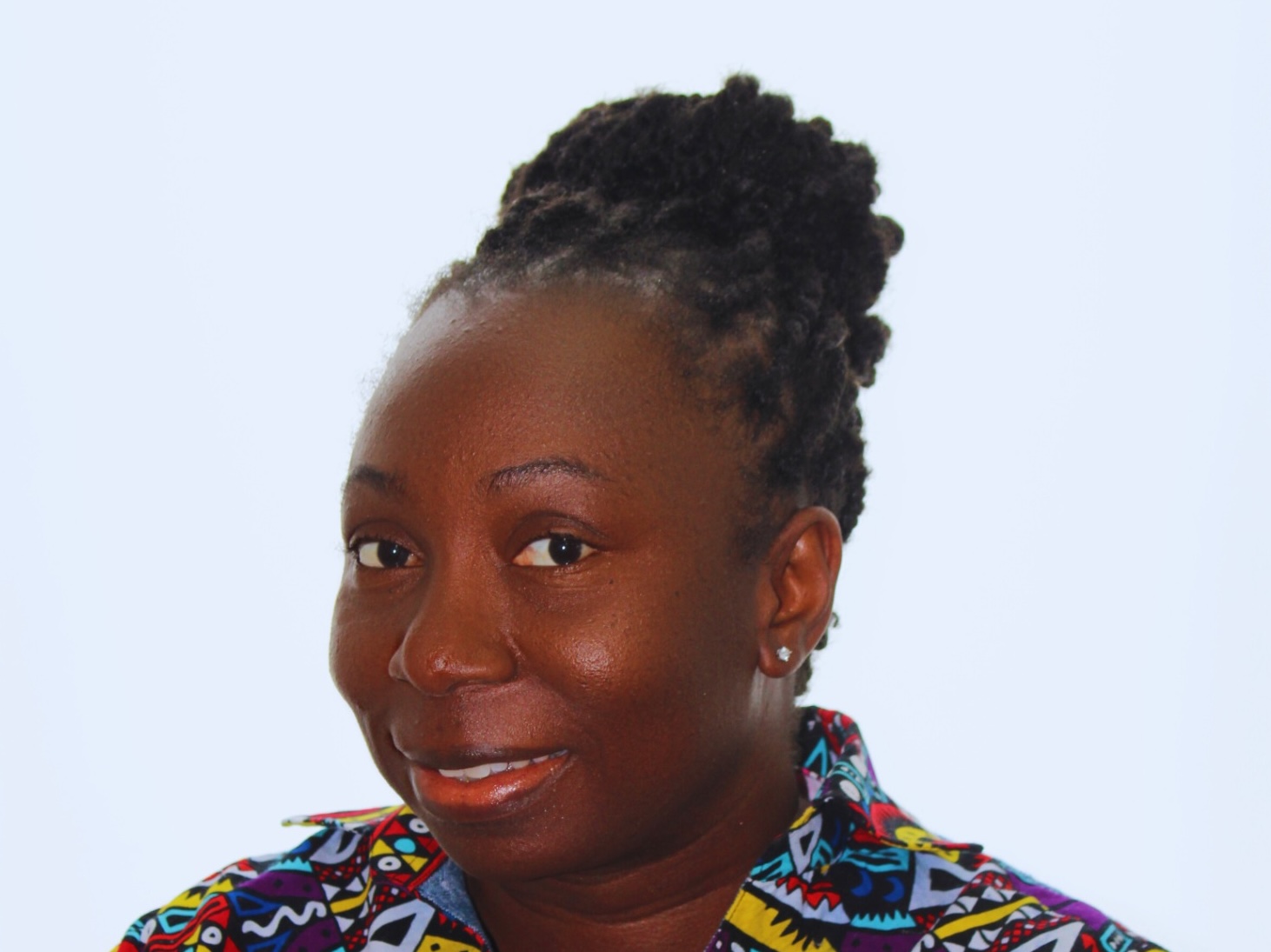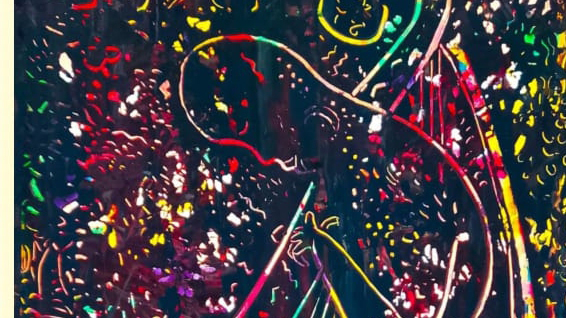 • A Third Of Artworks In Bayreuth Museums Are From Africa
• A Third Of Artworks In Bayreuth Museums Are From Africa
Passionate about art, Dr. Ulf Vierke, Director, Iwalewahaus, Germany, is committed to making sure that artworks are properly preserved for posterity.
Despite his tight schedules, the Iwalewahaus boss made out time to be at the unveiling of Ulli Beier Archives and Duro Ladipo Museum both situated in the premises of the Centre for Black Culture and International Understanding (CBCIU), Osogbo, Osun State.
The two facilities are not only important landmarks for CBCIU, but are the nexus of happening in Iwalewahaus Germany.
Thrilled by the proficiency of Nigerian artists, Vierke said Nigerian art is not only powerful, but also intelligent. He added that it is a unique combination of the structured and sophisticated thoughts of Nsukka School of modern art rooted in the Igbo culture and the Osogbo School rooted in the Yoruba culture.
According to the curator, Nigerian art is a source of inspiration and energy for art movement, and art culture across the globe, saying Nigerian art is going to be one of the big players in the global scene.
He observed that this is going to be influenced by two factors — the existing art tradition and the modern art, which dates back to over 60 years.
According to him, there is this rich history of classical art like the Ife and Benin arts, which exist alongside the emerging art scene from the 1960 to date.
“When it comes to the arts, Nigeria is like a continent. There is a vibrant group of young and educated artists in the country that is the strength. Some of them do not have the prerequisite academic background, but they know what they are doing,” he said.
Convinced that Nigerians have the ability to preserve their works despite the nation’s poor technology, the art and culture maven who also visited some of the traditional rulers in the state and saw the locals’ raw art, observed that before modern technology was introduced, a lot of artworks were already preserved in the palaces.
Taking a mental calculation of some of the artworks he saw in the palaces of some of the traditional rulers, he said some of them date back to hundreds of years. According to him, some of the artworks include the beaded crown, statues, carvings, the architecture, among others, which have been preserved for the present generation to see.
Regretting that most of these artworks are in the hands of families and individuals, Vierke noted that the vital point is the value that is drawn to these works, saying it is the value that gives art its strength when it comes to the surface.
He stressed that preserving an art piece is not about museum techniques, but the respect and understanding of the item.
According to him, technology helps, but it comes to play more on the side of the editing and making the artworks accessible in different format.
As part of his contribution to the development of the Nigerian arts and culture, and the two facilities in CBCIU, Vierke partnered other German African art lovers to put over 20,000 photographs taken by Ulli Beier while in Osogbo in film format.
Commenting on the project, he disclosed that Ulli Beier founded the Iwalewahaus (Iwalewa House) in 1981. The institute, which today is a part of the University of Bayreuth, embraced some of the ethos of Ulli Beier aside engaging in research, exhibition, teaching, collecting and taking care of archive, providing residencies for artists as well as presenting, recent developments in contemporary African and Diaspora culture in refined form.
“Iwalewahaus has become part of German culture. The idea came from Osogbo and it continues to Germany. The focus of the House is on visual arts, everyday culture, the media and music,” he said.
Revealing that the House would in 2021 celebrate its 40th anniversary, the director noted any artist that wants to know more about some of the collections in the facility would have to come to Nigeria to see what their teachers did.
According to him, such people will have to know where the ideas they are fascinate about came from, adding that there is quite a number of Nigerian artworks from the 1960s to 1980s there. He disclosed that the works might not be the extreme artworks, saying they are mostly in sketches, drawings and paper works that tell Nigerian art history.
Comparing the quantity of artworks in the CBCIU to that in Iwalewahaus, the director reveled that Iwalewahaus has more works because the ideas behind the two establishments are different.
He said: “The idea behind the establishment of CBCIU is broader and art and culture-based, while Iwalewahaus is only trying to narrow the idea down to modern art. So, we are complementing CBCIU.”
Vierke said he was not only in Osogbo for the unveiling of the two facilities, but to also exhibit in digital format, the over 20,000 photographs Beier took when he was around. He disclosed that despite the over 60 years period the pictures were taken, they still look good and wonderful to behold.
According to the Iwalewahaus director,” there are over 20,000 of the pictures, which have been made into small and middle size formats. We have only digitised about 98 per cent of the photo collection and have brought them to Osogbo, but we believe CBCIU can use this project to tell the history of Osogbo’s arts and culture to the people. The collection also dealt on a number of artists or individuals that have been active in Osogbo art; so, it gives faces to the ideas behind art history in Osogbo. It is wonderfully illustrated and gives depth to what we are.
“Our idea with CBCIU is to exchange programmes and exhibitions in future. So, I would love to see the art collection of the centre grow in the next five years,” he noted.
Vierke disclosed that art and culture is a huge business and called on artists, art collectors and even governments to take advantage of the global market and reposition themselves to invest in the sector.
He observed that investment in arts and culture is the best investment anyone can think of because it deals on a nation’s or group’s identity, aside highlighting events and enticing people to embark on tours.
“Art connects one to culture, history and the future. It gives you the idea of what the future would be like. We need art to push our boundaries of thought. The art and artist could come inform of authors, poets, playwrights, design and designers, among others. Art and artists are important in the society,” he said.
On returning some of the African arts taken from Africa during the colonial period to Africa, Vierke disclosed that one-third of the artworks in Bayreuth museums are not from Poland or Germany or any other country in Europe, saying such works might have come from Nigeria, Kenya or any country in Africa.
He stressed that the issue with returning the works is the case of which African country to take them to because they do no have specific country of origin, even though some of them will be really good to be in African museums.
A graduate of African Studies, Vierke, the fifth director of Iwalewahaus, developed interest in museums because of his love for artworks. According to him, handling different artworks has exposed him to different cultures and people.
He said: “I am not an artist, I cannot create, but can only appreciate. The museums give me the space to see different artworks, appreciate them and come closer to other people’s culture. And working in a museum as a director, I come in contact with different artworks; I see and feel them with my hands. I can feel their weights, smell them and turn them around. They bring me closer to real artworks. And another thing you have to do with the works is to encounter and dialogue with works. Sitting and taking stock of artworks is boring; so, taking photo of art works, measuring it and turning it around 100 times you build a relationship around it. This on its own gives one a different level of understanding the artwork,” he said.






